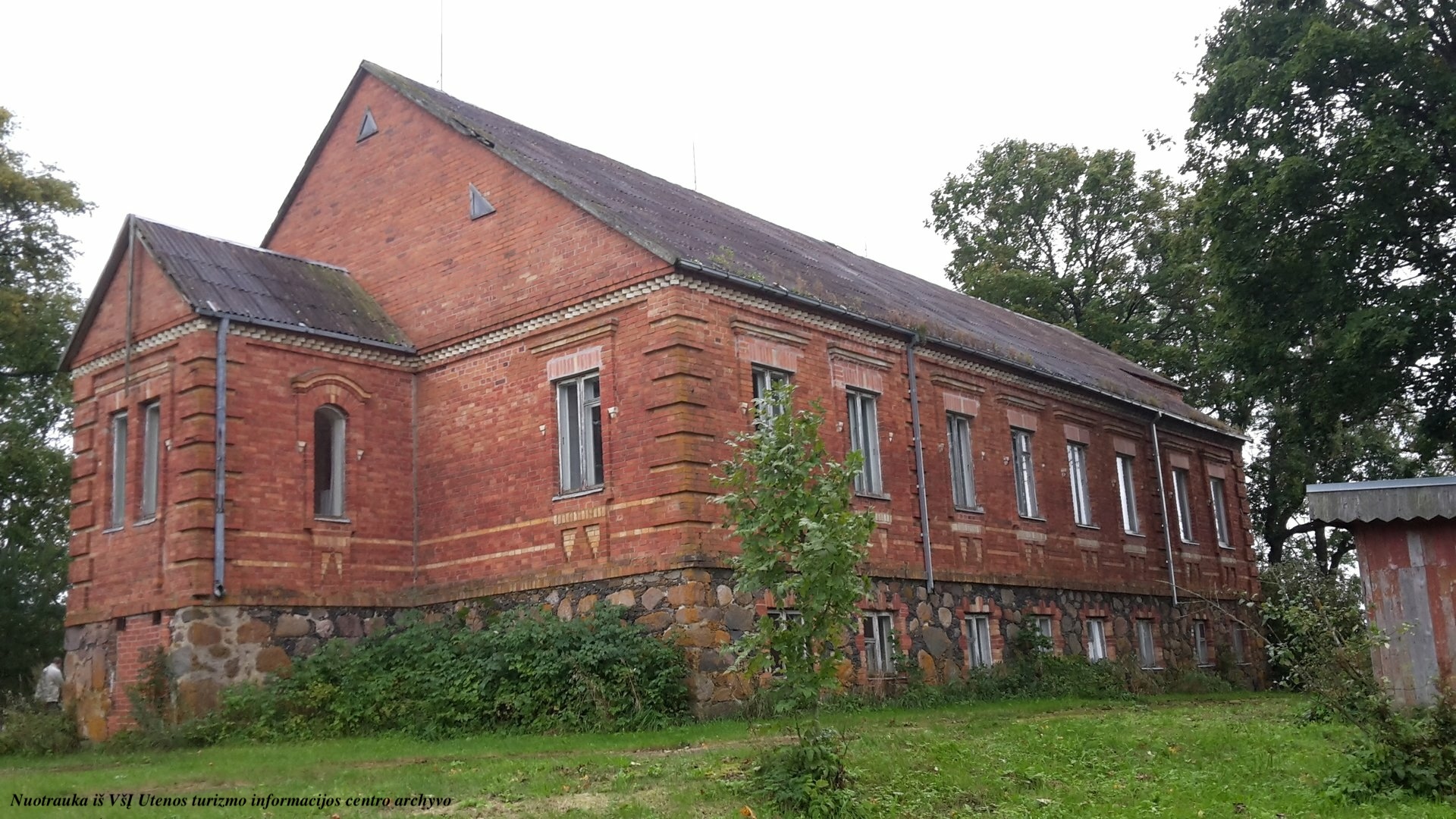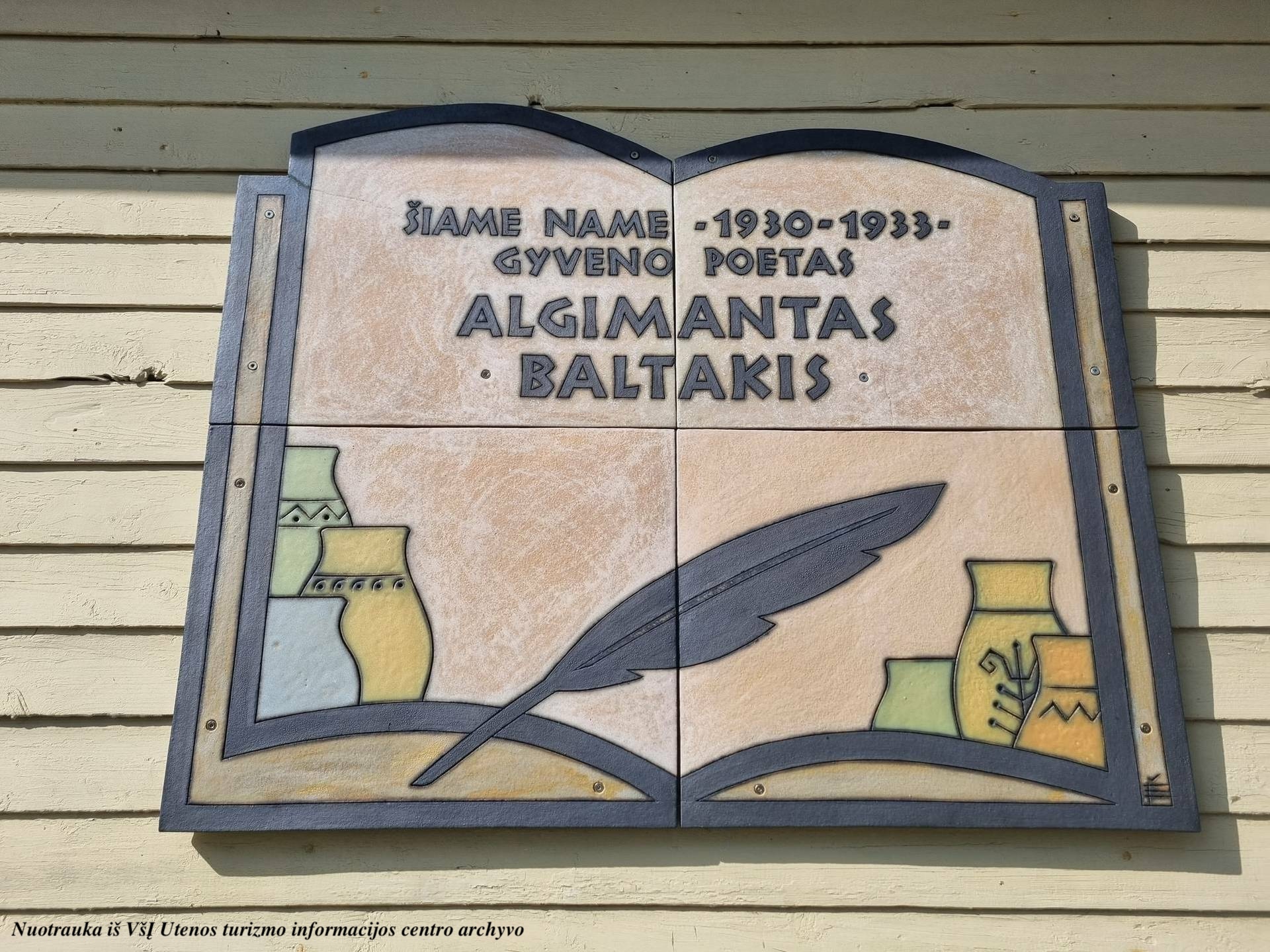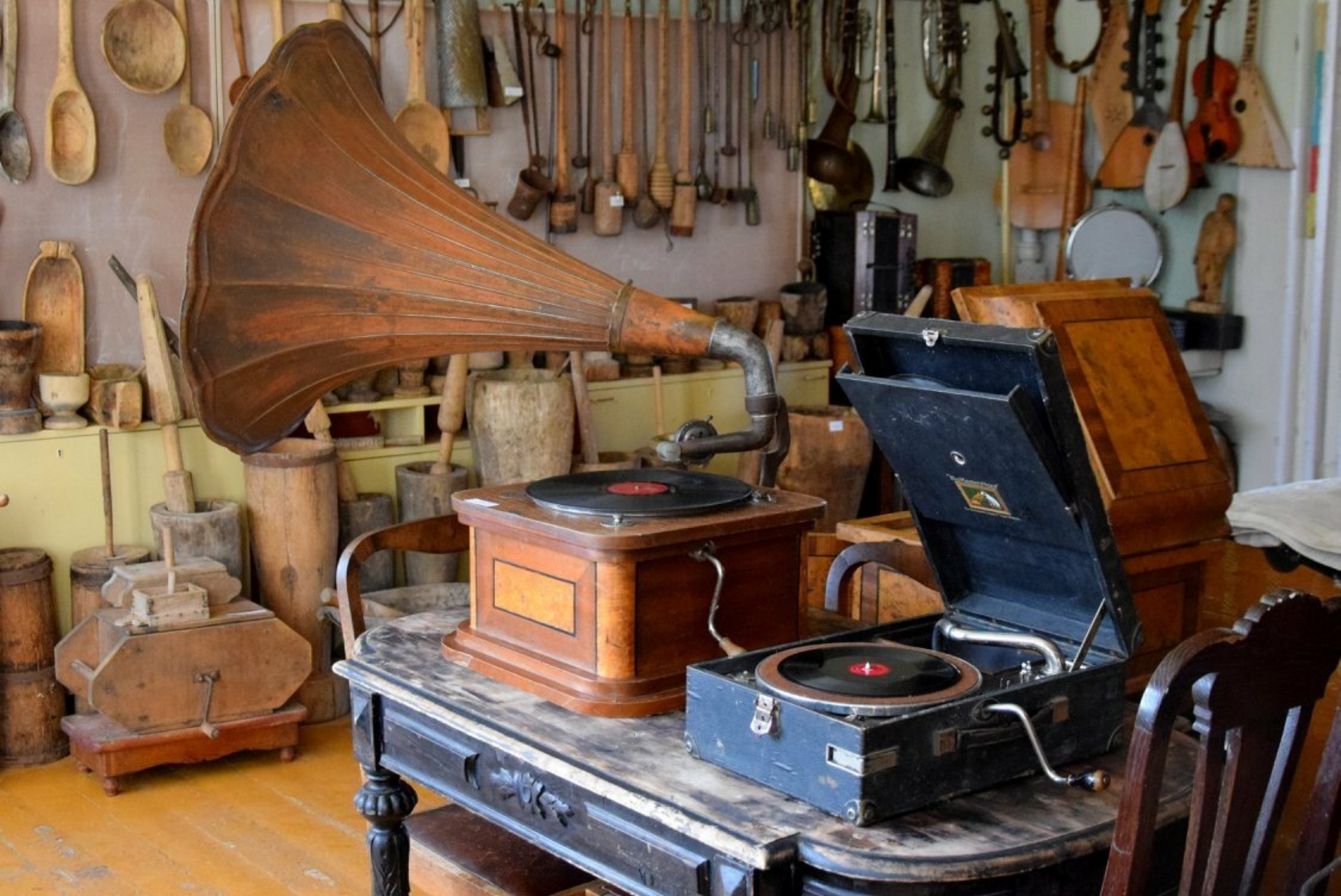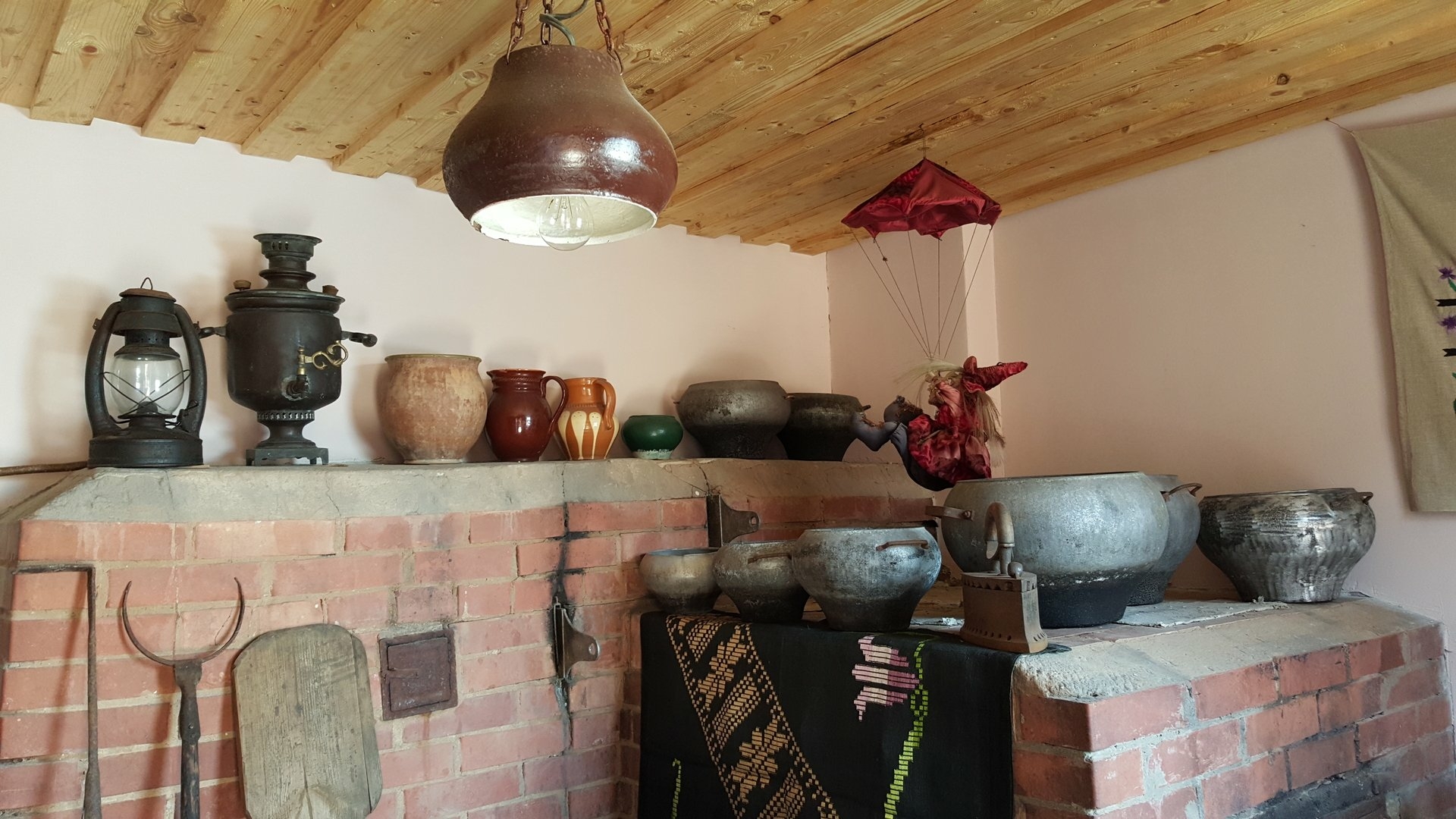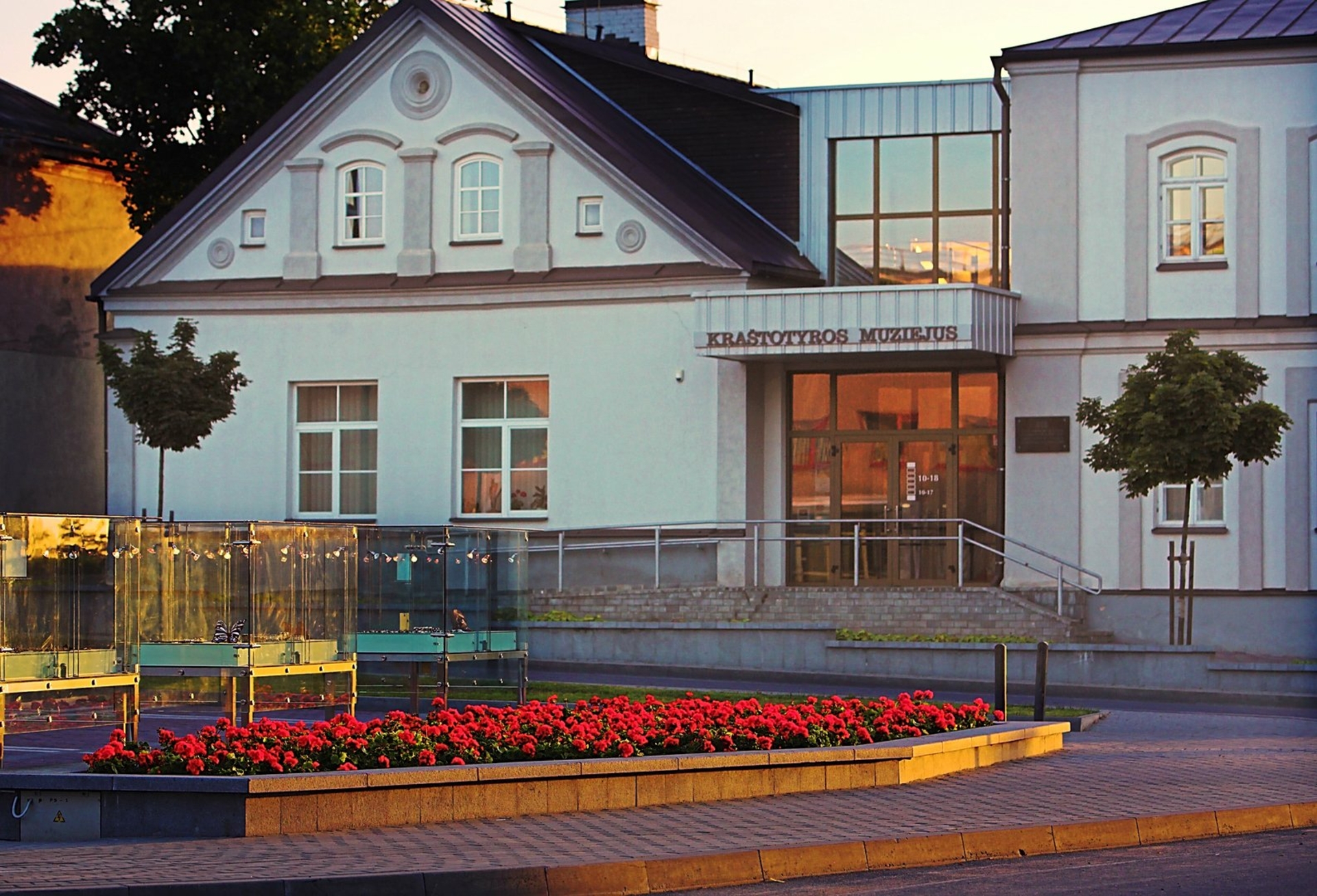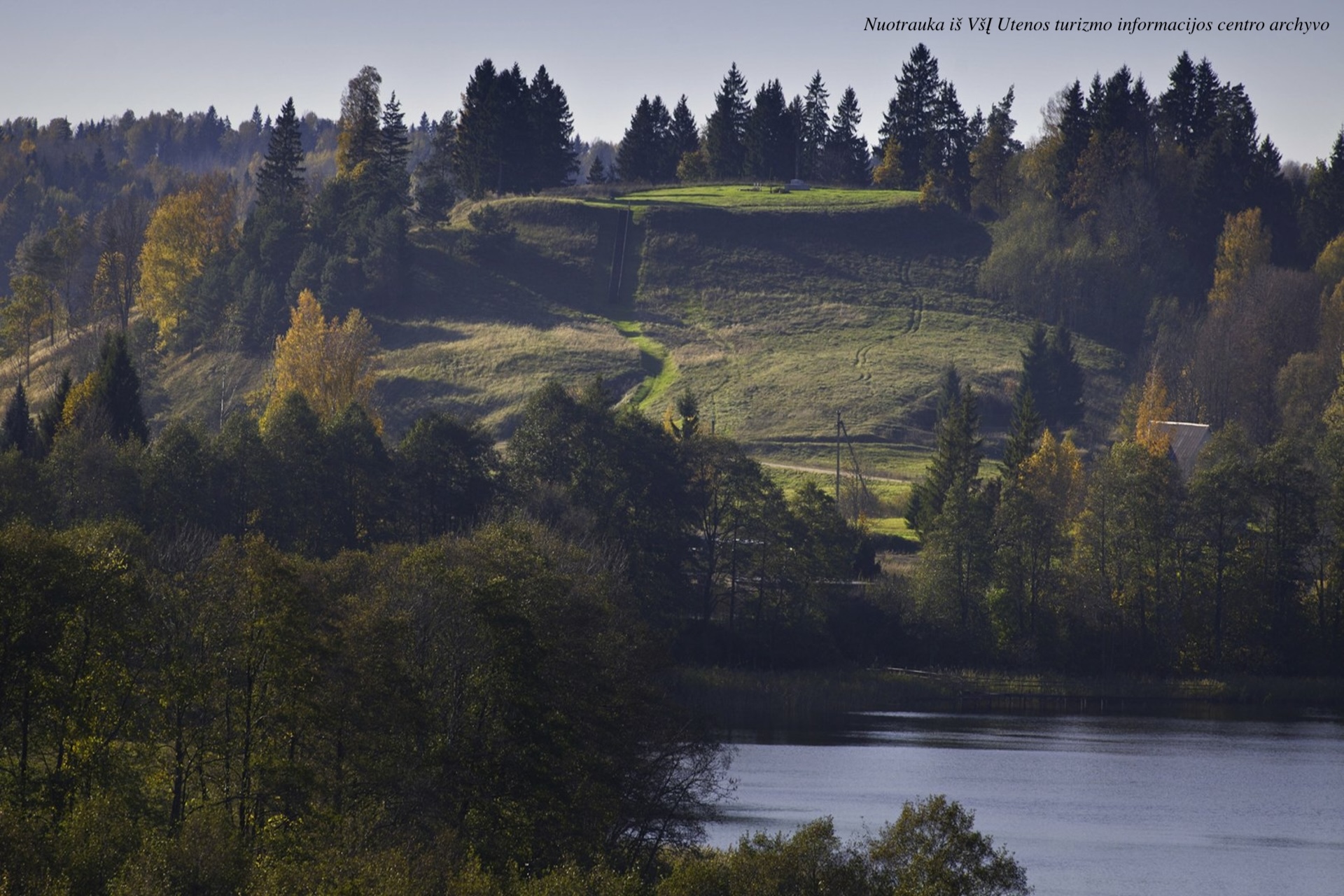Pakalniai Hill Fort

239

0

0
Pakalniai Hill Fort, also known as the Swedish Battery, is an impressive archaeological site located on the southwestern shore of Lake Vidinksas. This hill fort dates back to the late 1st millennium BC and the 2nd millennium BC. It features a rectangular platform measuring 48 by 41 meters, elongated in a north-south direction. Within the platform, there is a cultural layer up to 35 cm thick, composed of dark soil, containing post holes, remnants of hearths, and various archaeological finds.
Info
Whats new?
Nearby attractions
Nearest museums
Nearest food establishments translate this into LT

 Entertainment
Entertainment
 Sightseeing
Sightseeing
 Food establishments
Food establishments





























 55.438881, 25.458566
55.438881, 25.458566
 Get directions
Get directions








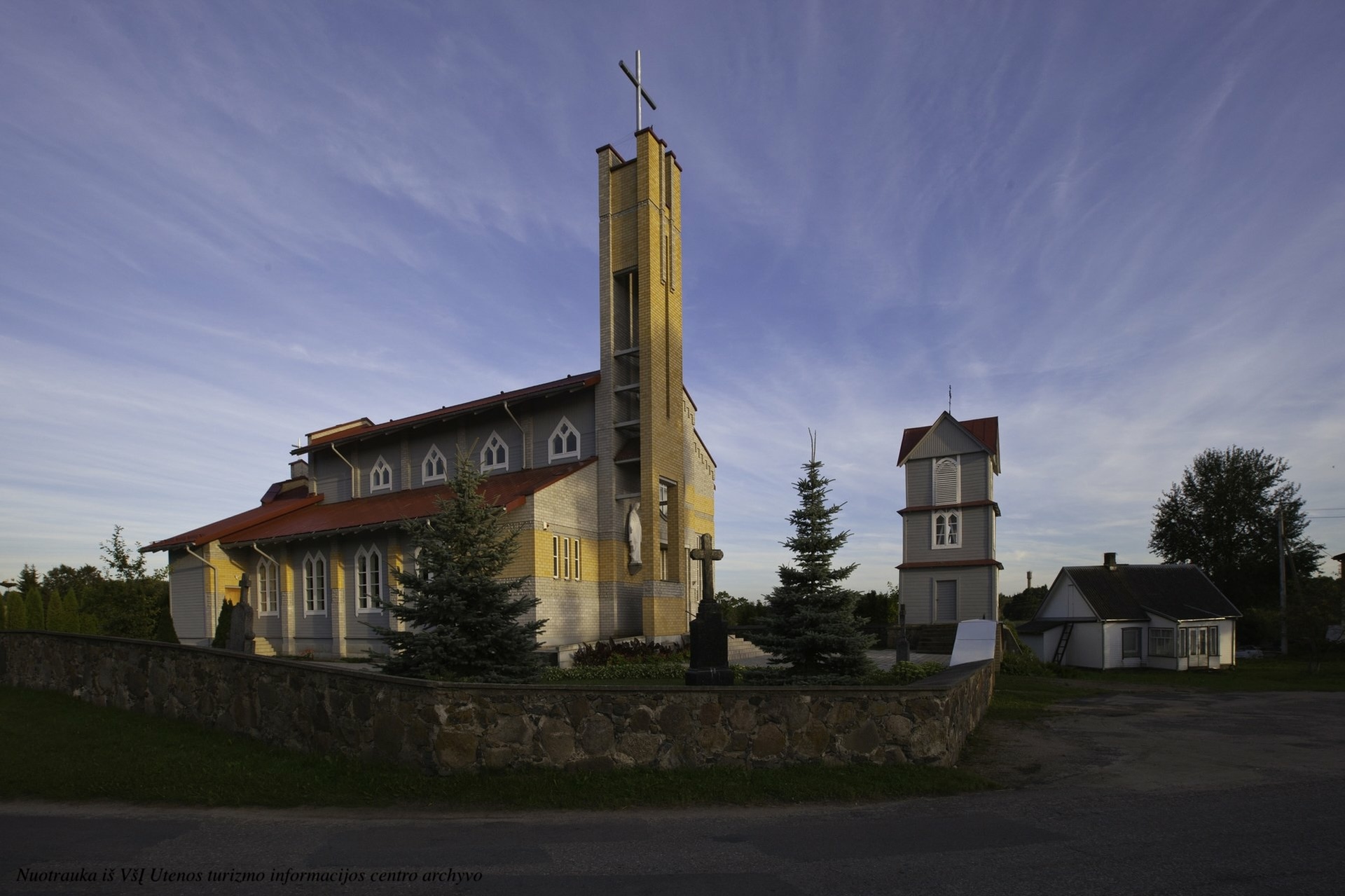
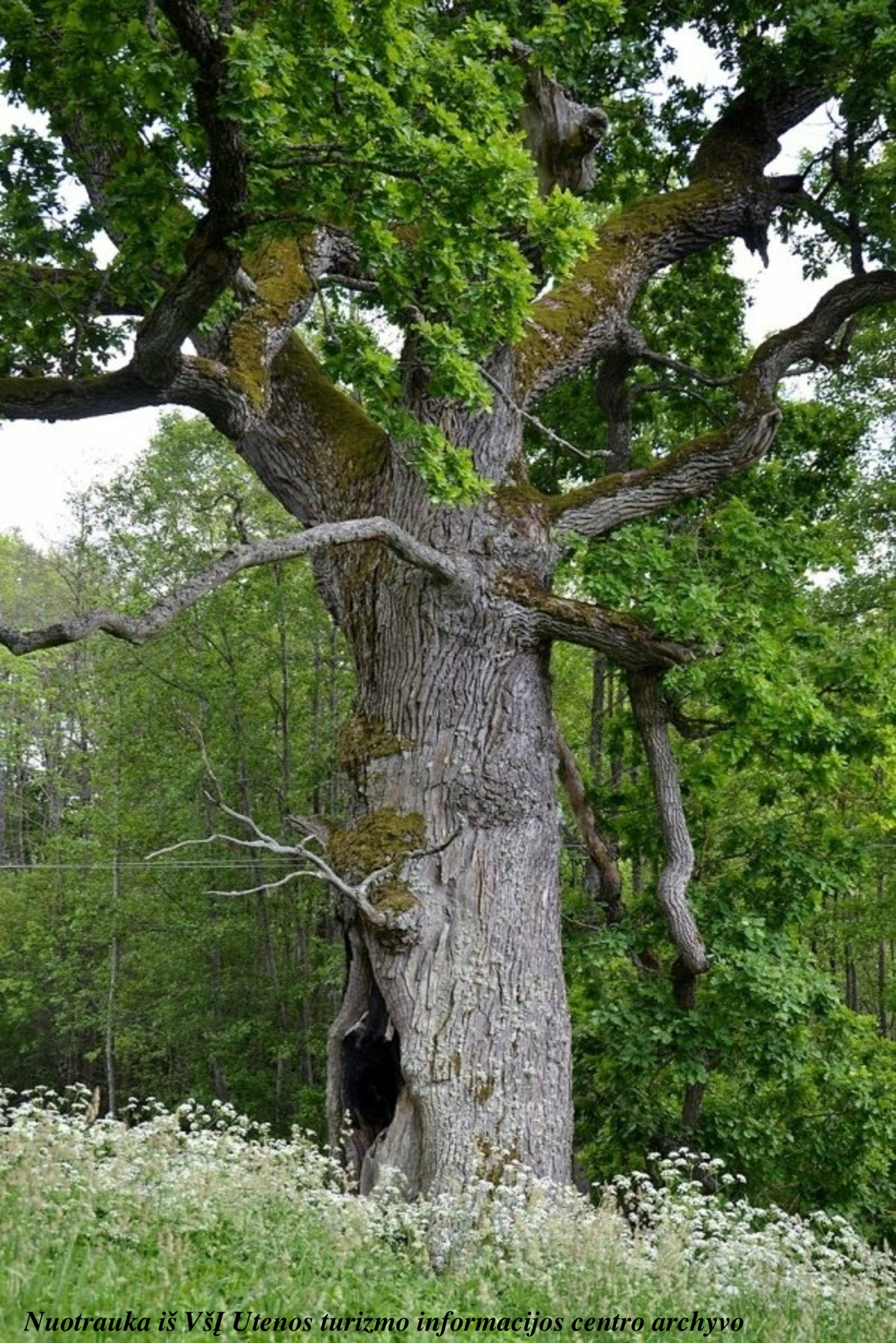
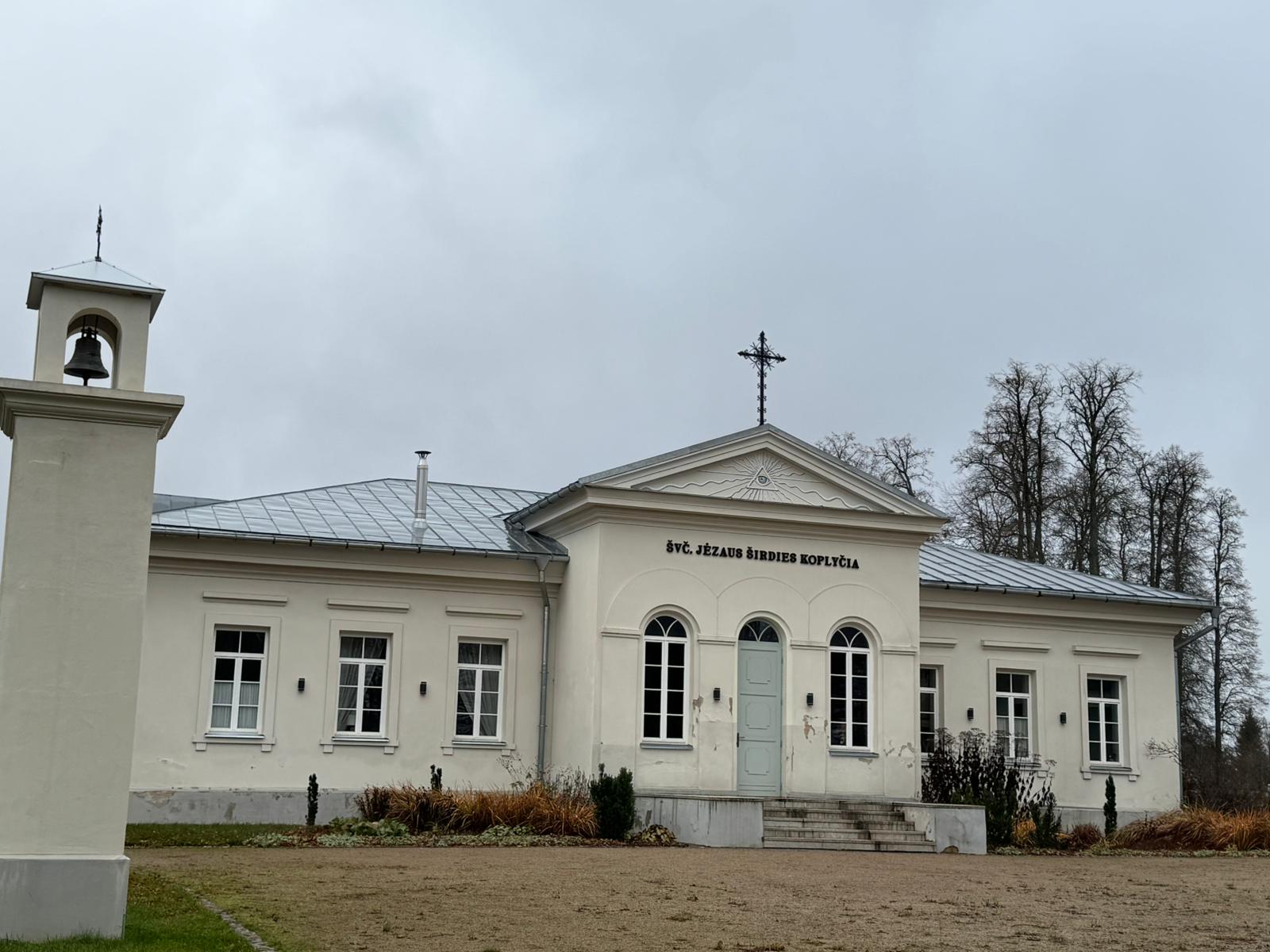
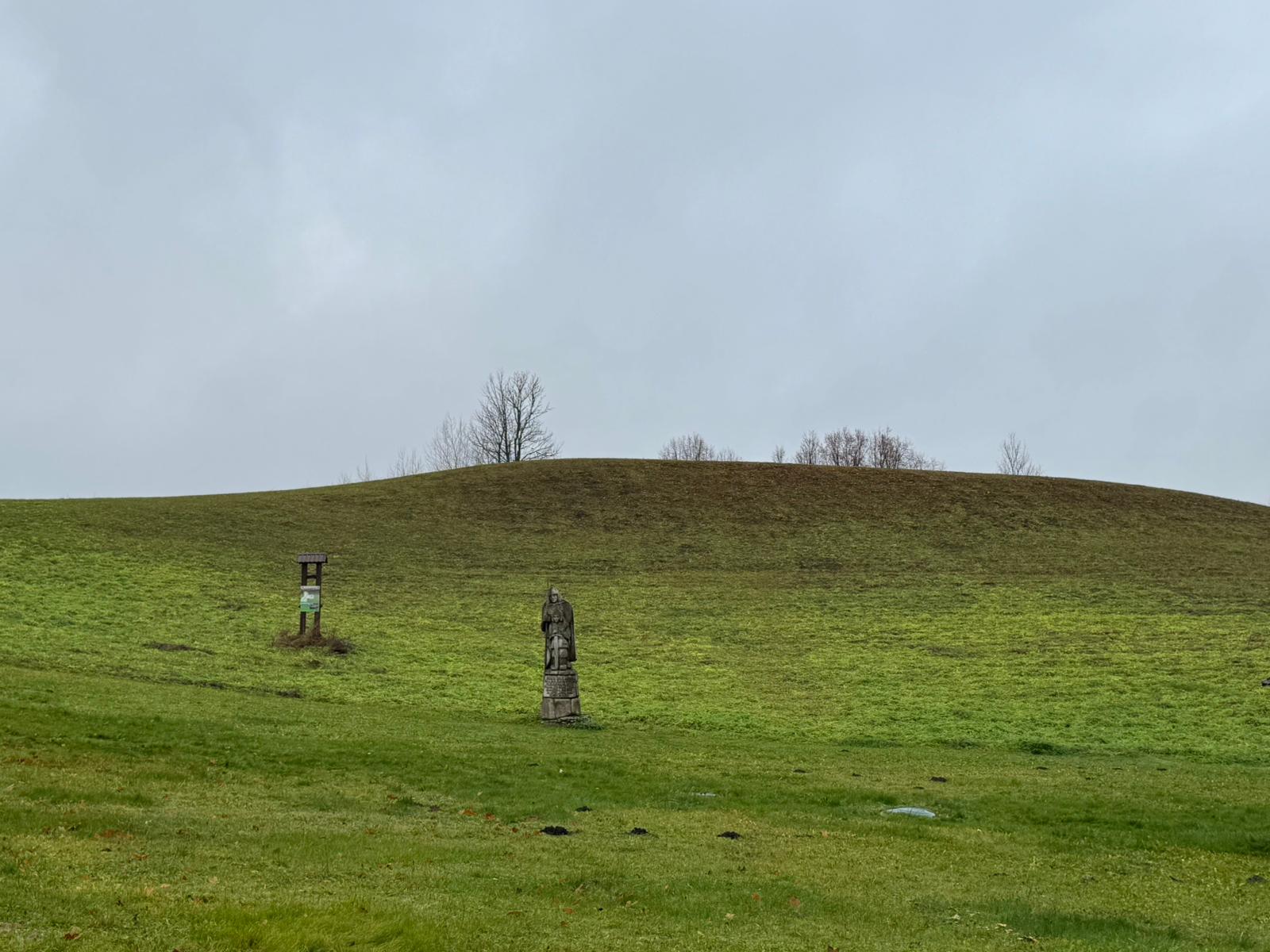
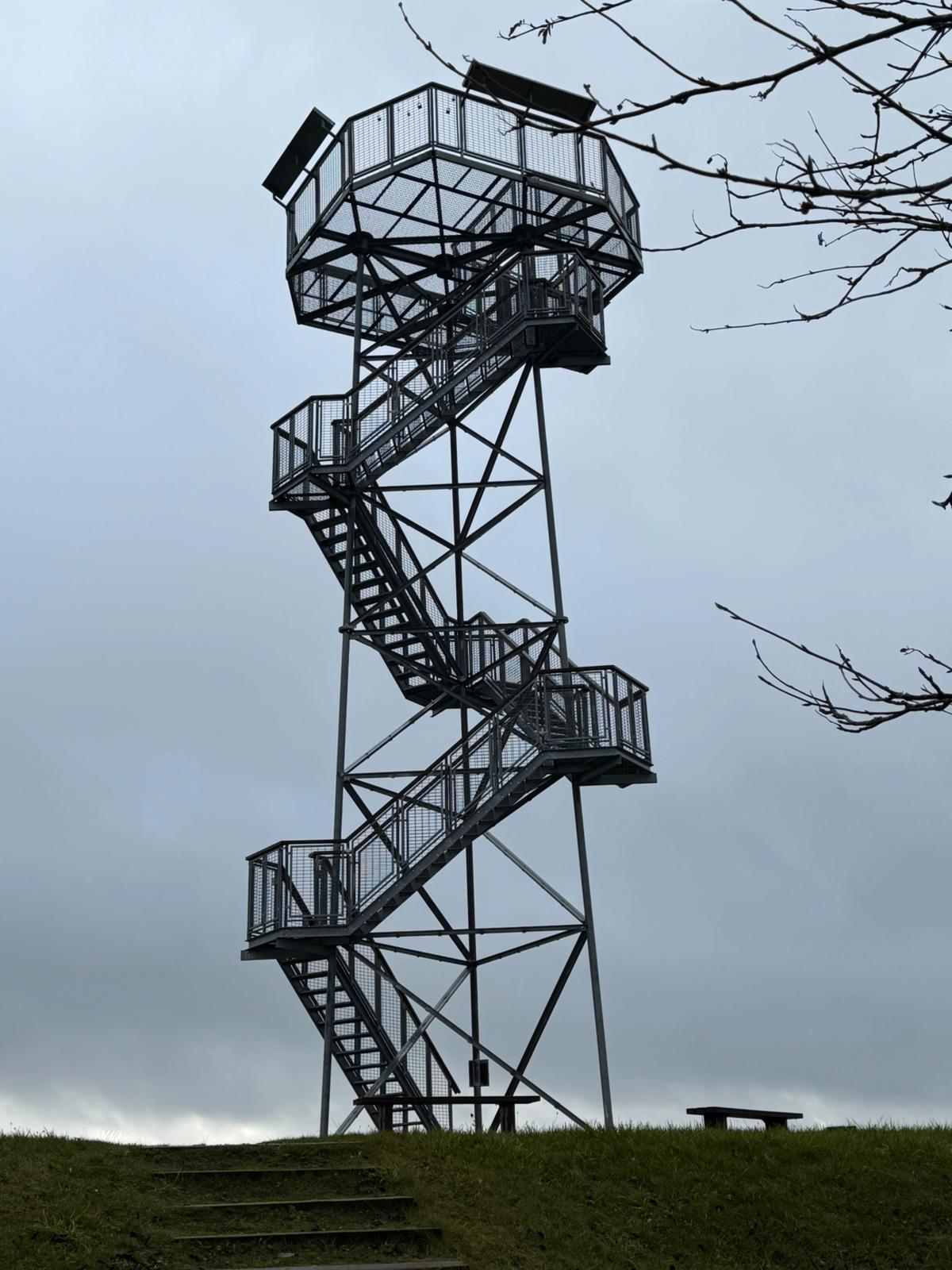
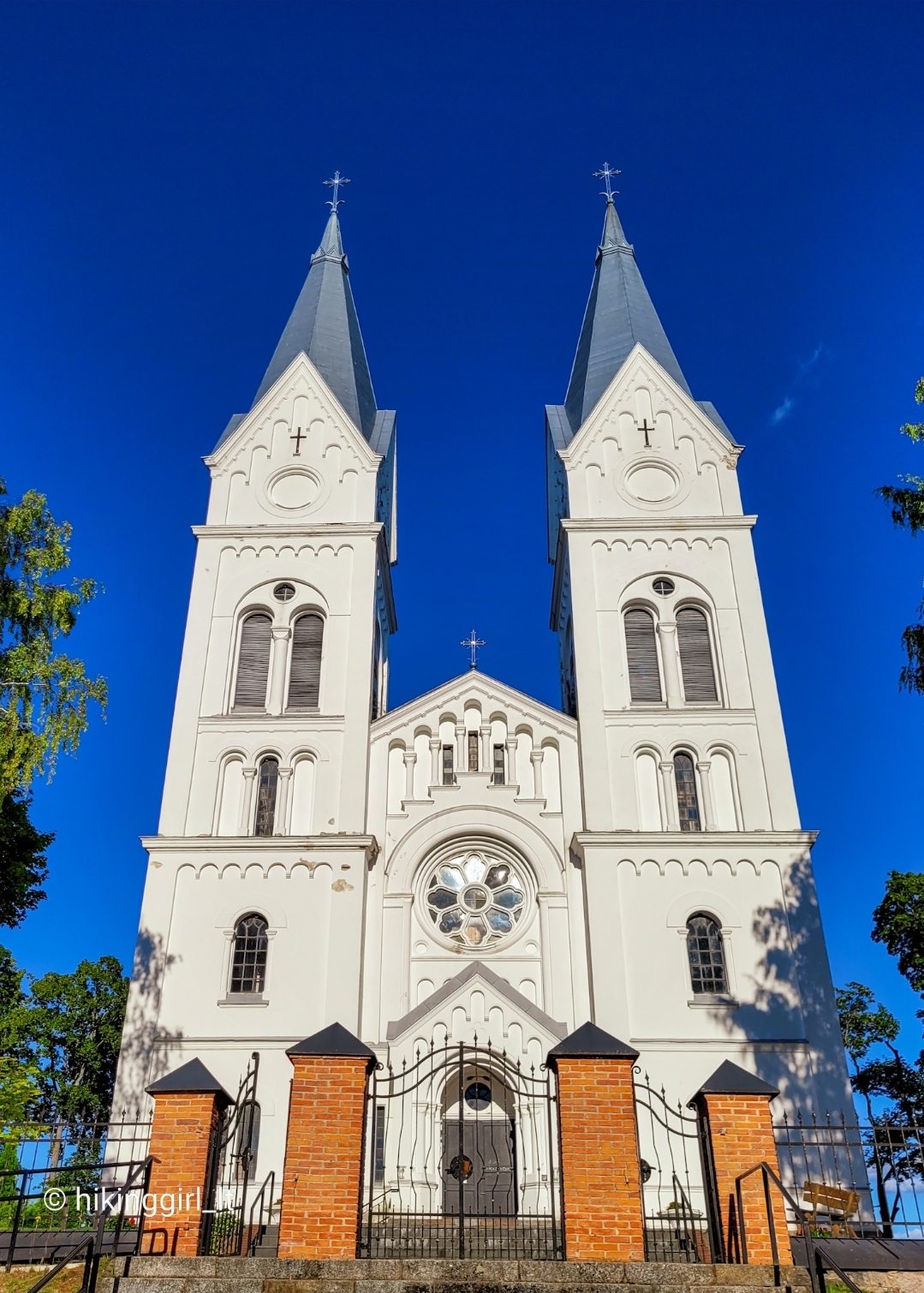
.jpg)
